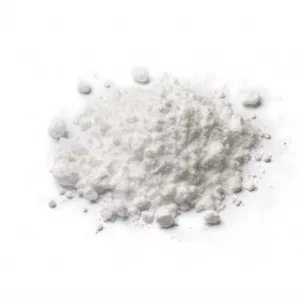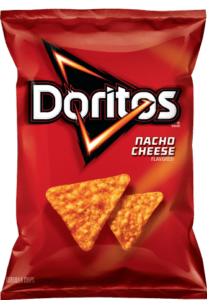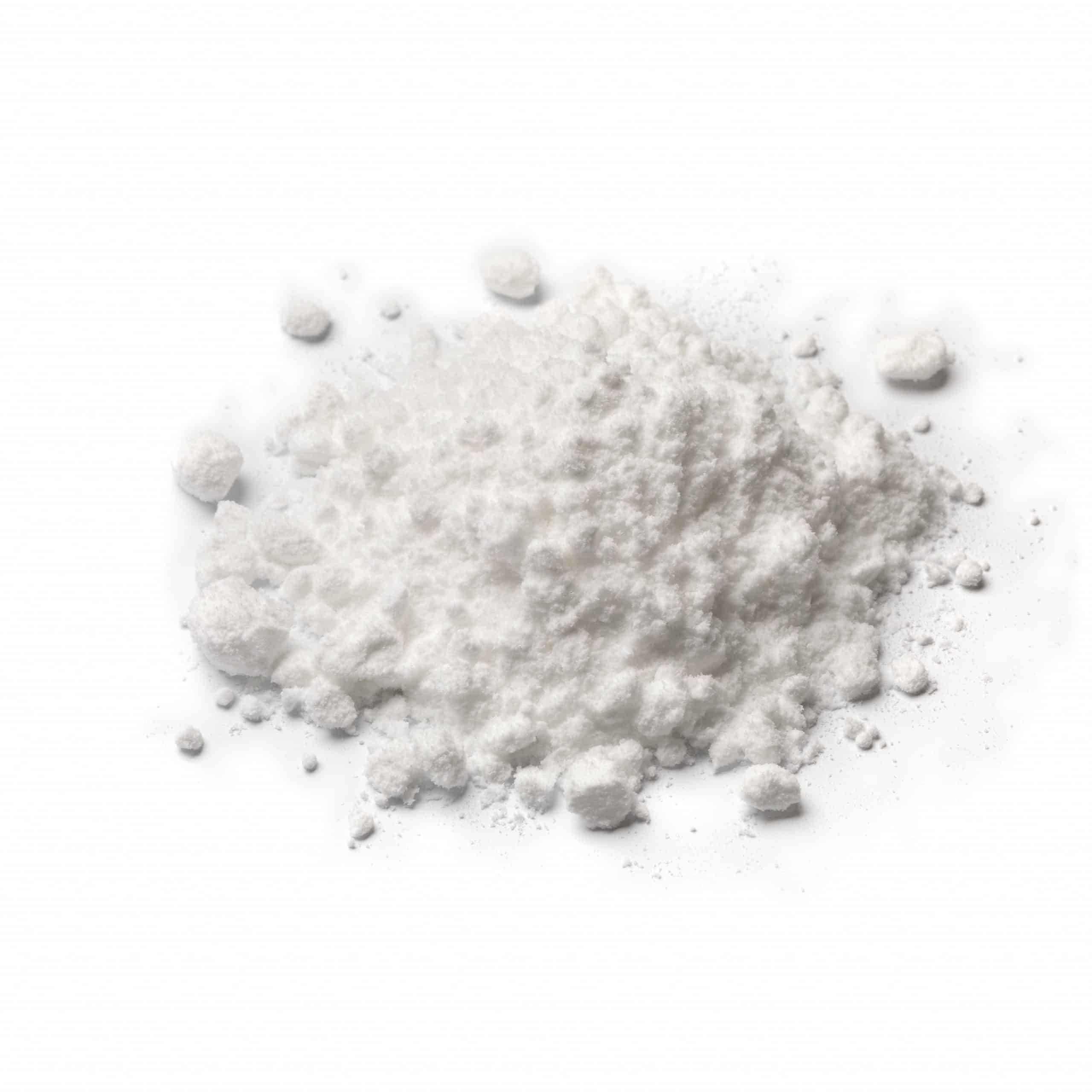Why is MSG bad for you? Or is it?
It’s not! Believe it or not, MSG doesn’t deserve the bad rap it gets. In fact, elements of the compound are found naturally in things like tomatoes and fish. Keep reading to find out how MSG got its bad reputation and how you can use natural sources to achieve it’s signature “umami” taste!
History of MSG's bad reputation

The syndrome, which usually begins 15 to 20 minutes after I have eaten the first dish, lasts for about two hours, without hangover effect. The most prominent symptoms are numbness at the back of the neck, gradually radiating to both arms and the back, general weakness and palpitations.
Dr. Kwok went on to speculate that the symptoms could potentially have been caused by numerous factors, including: mild intoxication from the generous use of cooking wine, high salt content in the food causing dehydration, allergies to soy sauce, or the presence of monosodium glutamate (MSG).
Unfortunately, the idea that MSG causes widespread adverse side effects stuck, despite no scientific research supporting the claim. In fact, various studies have been conducted where individuals who consider themselves sensitive to MSG were given either MSG or a placebo. In those studies, scientists were not able to consistently trigger reactions. The effects of this urban legend are real; just walk into any North American Chinese food restaurant, and you are likely to see “MSG Free” signage adorned on the walls and decorating the menus.
What exactly is MSG?

Monosodium Glutamate, more commonly known as MSG, is a compound of sodium and glutamic acid–an amino acid that is found in plant and animal proteins. This compound is found naturally in tomatoes, mushrooms, meats, and other foods. It’s found in cheese, with parmesan in particular containing large amounts of it. Fermented products, such as fish sauce and Worcestershire sauce, also contain high amounts of it. It is responsible for the fifth taste, umami, which is that mouth watering savory feeling you get in your mouth after biting into a tomato.
In 1908, Kikunae Ikeda, a Japanese profesor, extracted glutamate from a seaweed broth and discovered that the chemical compound was responsible for the savory taste of the broth. Ikeda soon filed a patent on this extraction process, and MSG as a food additive was born.
Today, MSG is extracted during the fermentation process of starch, sugar beets, sugar cane, or molasses. Fermentation is the chemical breakdown of a substance by microorganisms, such as bacteria or yeast. It is through fermentation that we have foods like bread, yogurt, vinegar, wine, and beer.
Adding Umami without using extracted MSG.
Umami?
Parmesan (especially the crystals) and other cheeses, tomatoes, worchestire sauce, fish sauce, mushrooms, soy sauce, are all sources of umami and glutamate. If you have sensitivities to MSG, just leave it out, try a more natural source.
Glutamate naturally occurs in so much of the food that we eat, that the United States’ Food and Drug Administration estimates that “an average adult consumes approximately 13 grams of glutamate each day from the protein in food, while intake of added MSG is estimated at around 0.55 grams per day.” In conclusion, you should not fear MSG. If you don’t want to add the extracted form of glutamate to your food, you can easily add umami to your cooking through the use of foods high glutamate, such as tomatoes, mushrooms, meats, and cheeses.


